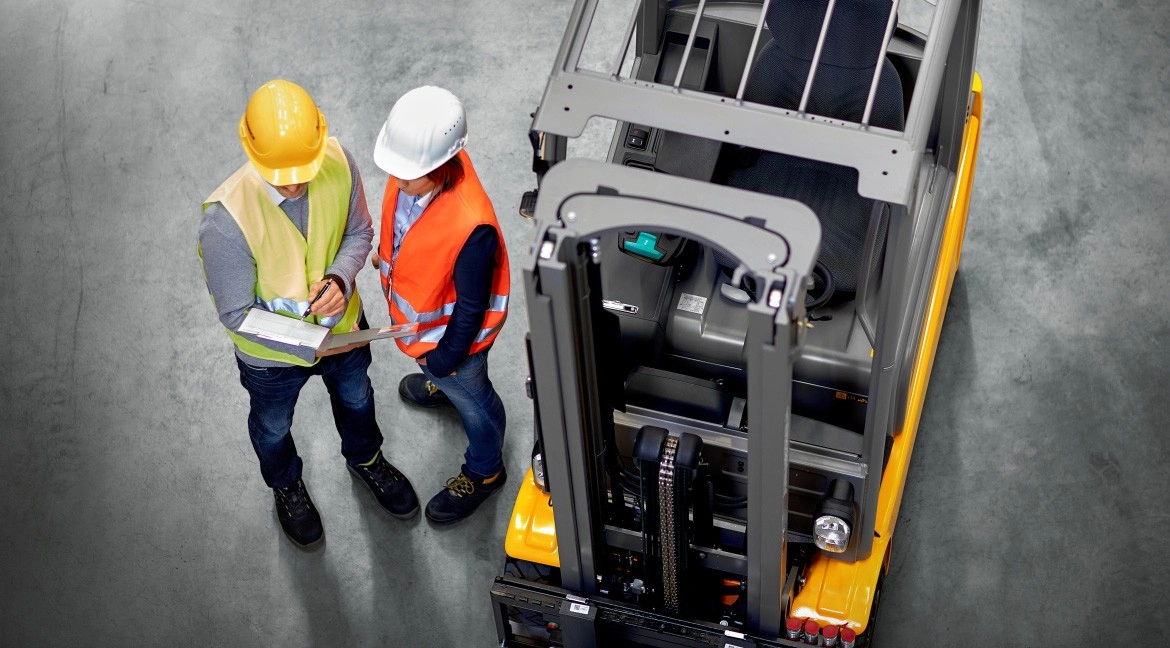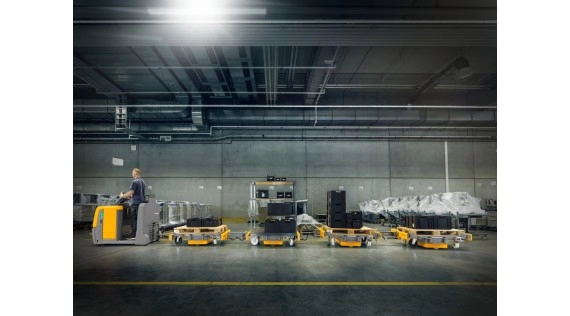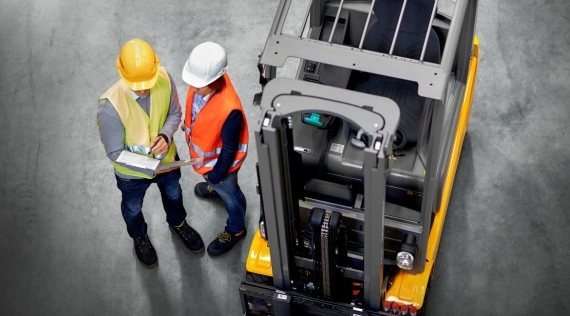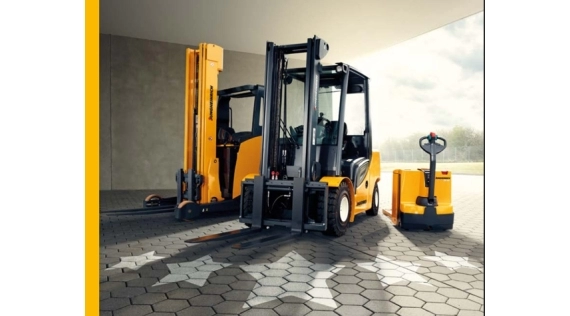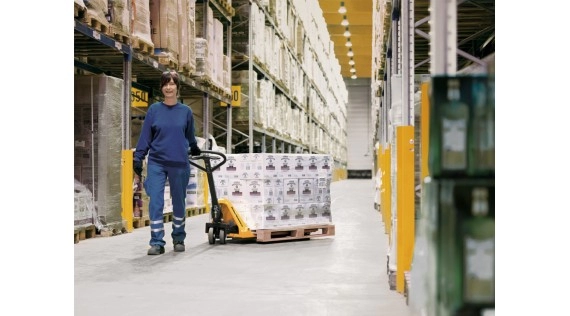Warehouse safety matters
Warehouses can be complex environments with various hazards that can jeopardize the well-being of workers and the smooth operation of the facility. This blog post aims to highlight the significance of safety in warehouses and provide insights into implementing comprehensive measures to mitigate risks and create a secure working environment.
1. Establishing a Safety Culture
A strong safety culture begins with leadership commitment and employee involvement. Warehouse managers and supervisors must prioritize safety as an integral part of their operations. By fostering a culture that values safety, workers become more aware and proactive in identifying and addressing potential hazards. Regular training sessions, safety meetings, and open lines of communication contribute to creating a safety-conscious workforce.
2. Conducting Regular Risk Assessments
A thorough risk assessment is the foundation of an effective safety program. Warehouse managers should conduct regular assessments to identify potential hazards specific to their facility. This process involves evaluating the layout, equipment, machinery, materials, and operational processes to pinpoint potential risks. By analyzing these risks, appropriate control measures can be implemented to minimize the likelihood and impact of accidents.
3. Ensuring Adequate Training
Comprehensive training is vital to equip warehouse personnel with the necessary knowledge and skills to work safely. All employees, regardless of their roles, should receive training on general safety practices, emergency procedures, proper use of equipment, and handling hazardous materials. Ongoing training sessions should be conducted to refresh knowledge, introduce new safety protocols, and address any emerging concerns.
4. Implementing Proper Signage and Visual Cues
Clear and prominent signage plays a critical role in guiding employees, especially in large warehouse settings. Signage should indicate emergency exits, restricted areas, safety protocols, and warnings about potential hazards. Additionally, using visual cues, such as colored floor markings, arrows, and symbols can help organizing traffic flow, designate storage zones, and delineate safe walking paths.
5. Maintaining Equipment and Machinery
Regular maintenance and inspections of equipment and machinery are essential for preventing malfunctions and accidents. Warehouse managers should establish a proactive maintenance schedule, perform routine checks, and promptly address any issues identified. This approach helps prevent breakdowns, ensures the proper functioning of safety features, and extends the lifespan of equipment.
6. Promoting Ergonomic Practices
Warehouse work often involved repetitive tasks and heavy lifting, which can lead to musculoskeletal disorders if proper ergonomic practices are not followed. To prevent injuries, managers should educate employees on safe lifting techniques, providing lifting aids (such as trolleys or forklifts), and encourage regular breaks and stretching exercises. Ergonomic workstations, adjustable equipment, and personal protective equipment should also be provided to minimize strain and promote employee well-being.
7. Enforcing Strict Housekeeping Standards
A clean and well-organized warehouse is not only aesthetically pleasing but also crucial for maintaining safety. Cluttered aisles, spilled liquids, and debris can increase the risk of slips, trips, and falls. Regular cleaning routines, waste management protocols, and clear guidelines for maintaining cleanliness should be established and enforced throughout the facility.
Conclusion
Prioritising safety int he warehouse is paramount for ensuring the well-being of employees and the smooth operation of the facility. By establishing a strong safety culture, conducting regular risk assessments, providing adequate training, implementing proper signage, maintaining equipment, promoting ergonomic practices, and enforcing strict housekeeping standards, warehouses can create a secure environment where employees can thrive without compromising their safety. Remember, safety should always be an ongoing commitment that adapts to changing circumstances and emerging risks.

